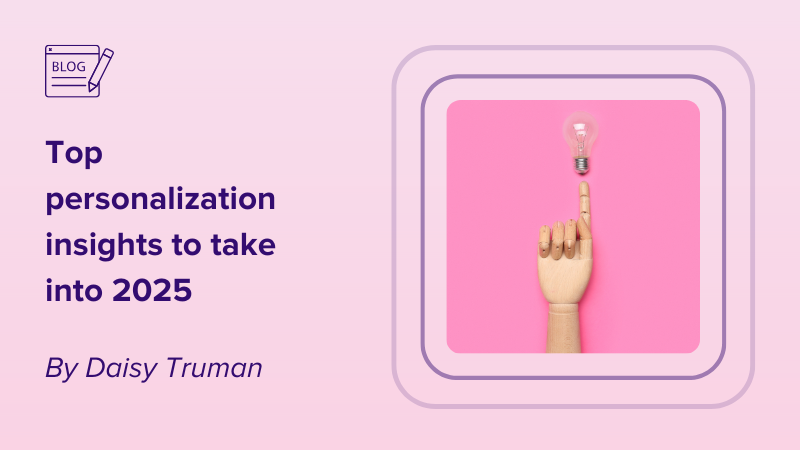To keep up with competition in today’s rapidly evolving landscape, the ability to innovate and adapt is crucial for any B2B organization to see success. Building a culture of experimentation can be a scary thought, with many businesses struggling to embrace the change. But, with all the benefits experimentation can bring (enhanced product development, more effective processes, happier employees to name a few) it would be foolish for organizations to not adopt a culture where experimentation and testing are encouraged.
So, if you need a place to get started then it’s worth looking into the 70-20-10 Innovation Model. The 70-20-10 model is a framework for businesses to follow, which encourages departments to create a balance between incremental improvements and breakthrough innovations. Let’s dive into the concept of the 70-20-10 model and explore how B2B organizations can take advantage of it to drive innovation within the workforce, and how it can ultimately lead to business growth.
Understanding the 70-20-10 Innovation Model
The 70-20-10 model helps businesses to manage risk while fostering a culture of exploration and continuous improvement. The model came from the idea that 70% of your time should be focused on your core strategy, which you’ve already tried and tested. 20% of your time should be focused on lower risk experimentation and 10% of your time should be focused on innovation. The model was originally built for education but has since been adapted to help organizations who are trying to embed experimentation into their culture.
These numbers vary from business to business, so try not to get too hung up on getting the perfect 70-20-10 balance!


70-20-10 Innovation Model
70% Core Strategy – Guaranteed to win
Each department should be dedicating roughly 70% of its time and resource to delivering (and improving on) existing products, processes, and services. It’s about optimizing what you already have and making incremental enhancements. This includes refining operational efficiencies, streamlining workflows, and refining customer experience. 70% of our time and resource needs to be focused on best practice that we know works, without this 70%, our businesses wouldn’t keep ticking over. This is your low-risk strategy that is likely to generate consistent results.
20% Exploratory Strategy – Test and learn
This phase is dedicated to experimenting with new ideas and concepts that are similar to your core offerings. This is where businesses would encourage their employees to spend 20% of their time and resource exploring unknown territory, and taking calculated risks. For example, this could be exploring new or different markets or developing new features. This medium-risk phase often involves creating small-scale experiments to test new concepts without committing a significant amount of resource.
10% Breakthrough Strategy – Innovate
The final 10% of time and resource is used for high-risk, high-reward experiments that push the boundaries of innovation. This is where disruptive breakthroughs are born. Although these experiments have a higher chance of failure, the potential rewards can be transformative, leading to the development of entirely new products, business models, or breaking into new markets. Only 10% of effort and resource is allocated, so rather than dwell on the failed experiments, businesses can learn from them.
The 70-20-10 model in practice
Google, one of the most successful businesses in the world, adopted the 70-20-10 model to promote innovation within their organization. Their CEO requested their employees prioritize 70% of their time for core business tasks, 20% for projects related to their core responsibilities, and 10% of their time for new and unrelated projects. Back in 2005, Google employees spent 70% of their time on core search and ads (their core offerings at the time), 20% on adjacent businesses, such as Google News, Google, Earth, and Google Local. With 10% of their time focusing on truly new products. Google wanted to take advantage by investing in high-risk, high-expected return projects to optimize for its long-term success. By adopting this model, Google are proud to be known as one of the best places to work and a leader in innovation.
In a world where change is constant and innovation is imperative, building a culture of experimentation is no longer a luxury, it’s a necessity. The 70-20-10 Innovation Model offers a structured and balanced approach to building a culture of experimentation, allowing businesses to refine their current strategies, explore new possibilities, and create ground-breaking initiatives. By building a culture of experimentation you can position your organization at the forefront of innovation and outperform the competition.
Take a look at how Google adopted the innovation model in more detail.




